Rigid Plastic Packaging Container (RPPC) Determination Tools
Product manufacturers are responsible for ensuring that product packaging meeting the definition of RPPC complies with the law.
RPPCs used by product manufacturers range in:
- Shape
- Color
- Size
- Form
Each product’s plastic packaging container must be independently evaluated to determine whether its attributes, evaluated as a whole, qualify it as an RPPC.
Examples of RPPCs
RPPCs can include, but are not limited to:
Buckets
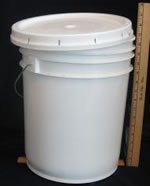
Jugs
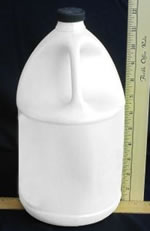
Tubs
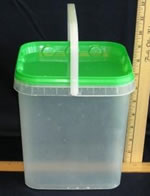
Bottles
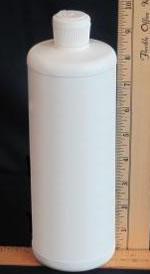
Plastic Folding Cartons
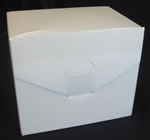
Pails
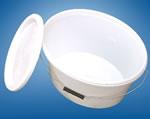
Clamshells
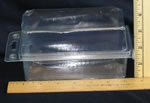
Tubes
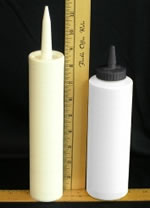
Polymer Foam
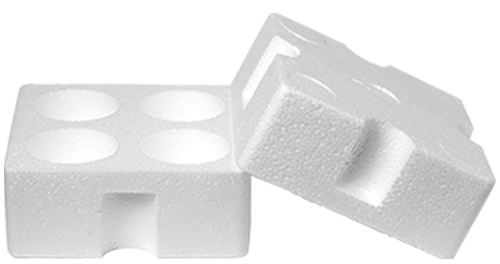
Rounds
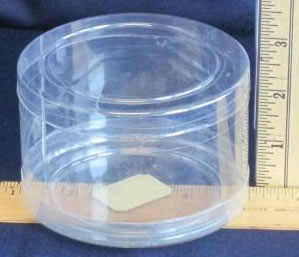
Note: Photos are for demonstration purposes only.
Rulers in some photos provide scale.
A product manufacturer should not make a conclusion that their package is or is not an RPPC based solely on one of these photos.
If you have questions, contact CalRecycle’s RPPC staff.
Determining a Container’s Volume or Equivalent Capacity
One of the factors for determining whether a product’s RPPC is regulated is the volume or capacity of the RPPC.
An RPPC has a minimum capacity or volume of 8 fluid ounces up to a maximum capacity or volume of 5 gallons.
If you are unsure of a particular RPPC’s total volume or equivalent capacity, consider the following:
- Contact the container manufacturer.
- Work with the packaging engineers/designers within your company.
- Conduct measurements yourself.
The following may assist you in conducting your own measurement:
- Measurement Demonstration: YouTube (00:08:08) Transcript
- Determining a Container’s Volume: YouTube (00:08:54) Chapter 2 of webinar on complying with California’s RPPC law. Transcript
- U.S. Liquid Measure Volume Capacity Calculator
- Formulas to calculate shapes
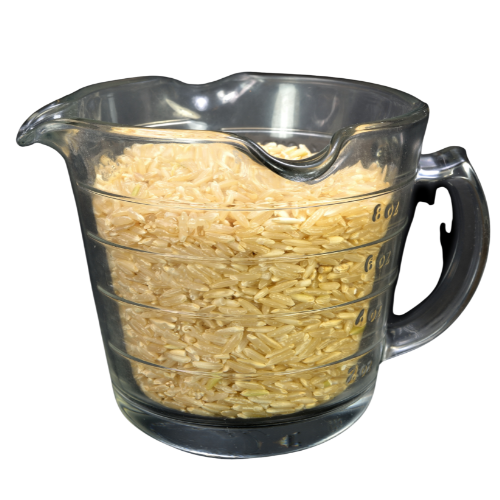
Note: The identification of, or any resemblance to, particular companies, products, or materials listed on this webpage does not constitute endorsement by CalRecycle and is provided for informational purposes only. CalRecycle is distributing this information to increase public awareness and knowledge.
Example RPPCs
Factors to consider in determining if a product’s plastic packaging container meets the definition of RPPC. View types of containers regulated by the RPPC program. YouTube (00:03:30) | Transcript
Determining a Container’s Volume or Capacity
Methods for measuring the volume or capacity of a product’s plastic packaging container. YouTube (00:08:08) | Transcript
This page provides a brief overview and is not intended to provide a comprehensive list of legal requirements. Please refer to statute and regulations for a complete list of requirements. Users are encouraged to seek the assistance of legal counsel to comply with applicable state law based on their pertinent facts and circumstances.
Phone: (916) 341-6717 | Email: RPPC@calrecycle.ca.gov | Fax: (916) 319-7337

